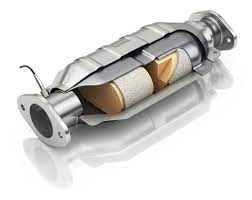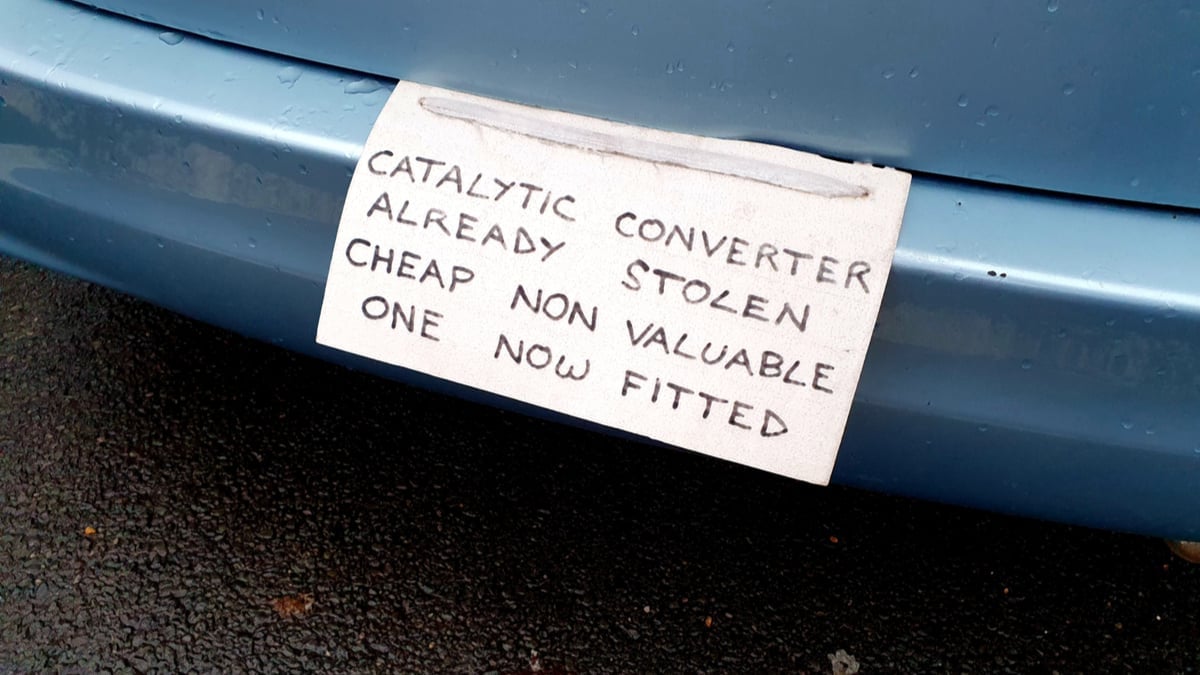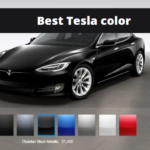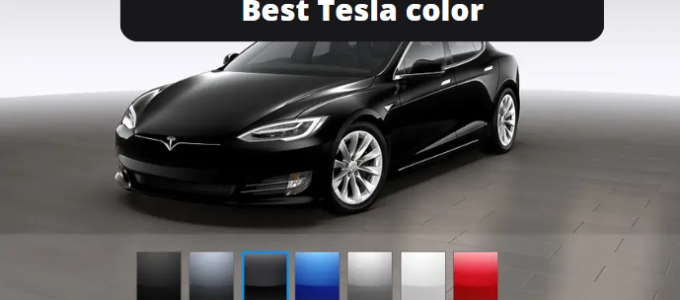Do electric cars have catalytic converters?
So, nitrous oxide, carbon monoxide, and hydrocarbons are all included in the very poisonous exhaust gas produced by ICE (internal combustion engine) automobiles. These poisons are transformed into less dangerous carbon dioxide, nitrogen, oxygen, and water by the catalytic converter.
Since electricity doesn’t require combustion to produce, electric automobiles don’t have catalytic converters. Accordingly: no harmful effects – no need to process them!
Electric cars have many advantages, but many people still do not trust new technologies. One of the most common questions is charging in the rain. If you are thinking about charging in bad weather, then our article will help you. Here you will find all the answers that will definitely put your mind at ease.

So, the question “Why do electric cars have converters?” doesn’t have sense. Electric vehicles do not have catalytic converters because they don’t need catalytic converters.
Environmental Protection
EVs move by using an electric charge that is kept in power plants. As a result, the method is environmentally benign and doesn’t emit any toxic emissions.
An electric car does not require a catalytic converter since it does not use petroleum products. Thus, a catalytic converter is only needed for gasoline engines.
You can learn more about how the electric engine works here.
ICE car emissions are reduced by catalytic converters, however dangerous pollutants still manage to get into the environment.
Consequently, EVs don’t release any hazardous emissions. Catalytic converters are needed for both ICE and hybrid automobiles. To safeguard the environment, ICEs must be purified with a device like a catalytic converter.
In response to the increasing public concern about air pollution, governments all over the world made catalytic converters necessary. The converters made sure the vehicles complied with less harmful emissions.
Since then, authorities have taken other measures to minimize emissions, such as banning the use of automobiles that run on leaded fuel. Despite these measures, the catalytic converter is still a standard feature in the majority of ICE automobiles produced today.
The pollution issue brought on by internal combustion engines is resolved by electric vehicle.
Unfortunately, electric cars today are still not as popular as we would like. There are many reasons for this, but one of the most important is consumer distrust, doubts, and fears.
Additionally, some critics point out that the production of electric vehicles leaves a significant carbon imprint.
An even bigger argument is that, detractors point out that electric vehicles still depend on gas and oil for power at the end of the day since they consume energy from non-renewable sources.
However, no one will argue that in the long run, pollution from an electric car is much less. EVs are the greatest way to combat automobile pollution because of the push for renewable energy sources.
Catalytic converters aid in the reduction of pollution, but we should work toward a society without them—one in which an overwhelming majority of people use electric vehicles. It will protect the environment and spare you the expense of purchasing a replacement converter in the event that yours is stolen.

Do hybrids have catalytic?
In hybrid vehicles, the vehicle is propelled by both ICE and electric motor. In order to increase performance, hybrid cars can employ either engine power or electric power alone or in combination.
Because some of the power in hybrid vehicles originates from internal combustion engines, they feature catalytic converters. When an ICE engine is used, the machine emits poisonous exhaust gases that must be changed by a catalytic converter into less toxic gases.
Does a mild hybrid have a catalytic converter?
Regenerative braking, which uses energy often lost during braking to charge the batteries, is a feature of hybrid cars. Plug-in hybrid cars may regeneratively brake and use an ICE, or a wall charger to recharge their batteries.
Hybrid electric vehicles emit no pollutants when driving. As a result, when the automobile runs on electric power, the catalytic converter is useless.
When the batteries run out, the car automatically switches to ICE power. The catalytic power switches to ICE power and returns to its original state.
Which cars are least likely to have catalytic converters stolen?
Palladium is just one of the minerals contained inside catalytic converters, and it still costs $2,500 per ounce today. In actuality, this price has soared much past the price of gold.
The likelihood of a catalytic converter being stolen from a car is far lower if it is located in the engine compartment. Catalysts are often less valuable for many American and some Asian auto companies. You may also purchase a car that is older, electric, diesel, or without a catalytic converter.

Let’s take a look:
Due to the lower value of their catalytic converters, American models like Ford, Chevy, Jeep, Dodge, and Chrysler are less likely to be stolen. This group includes several Nissan, Hyundai, Mazda, and Subaru cars.
Many companies employed cat-inspired designs that restricted the number of precious metals present. The majority of thieves conduct adequate research to know to avoid using these brands.
Cars with Converters in the Engine Compartment
Instead of being further back on the vehicle’s exhaust system, the catalytic converter is often positioned in the engine compartment of some vehicles. It is significantly more challenging for a burglar to take it because of this design.
Theft will move on to a different model since no one wants to put in the extra effort to get to these kitties. This category includes numerous automobiles, including those made by Audi, BMW, Honda, and Volkswagen.










